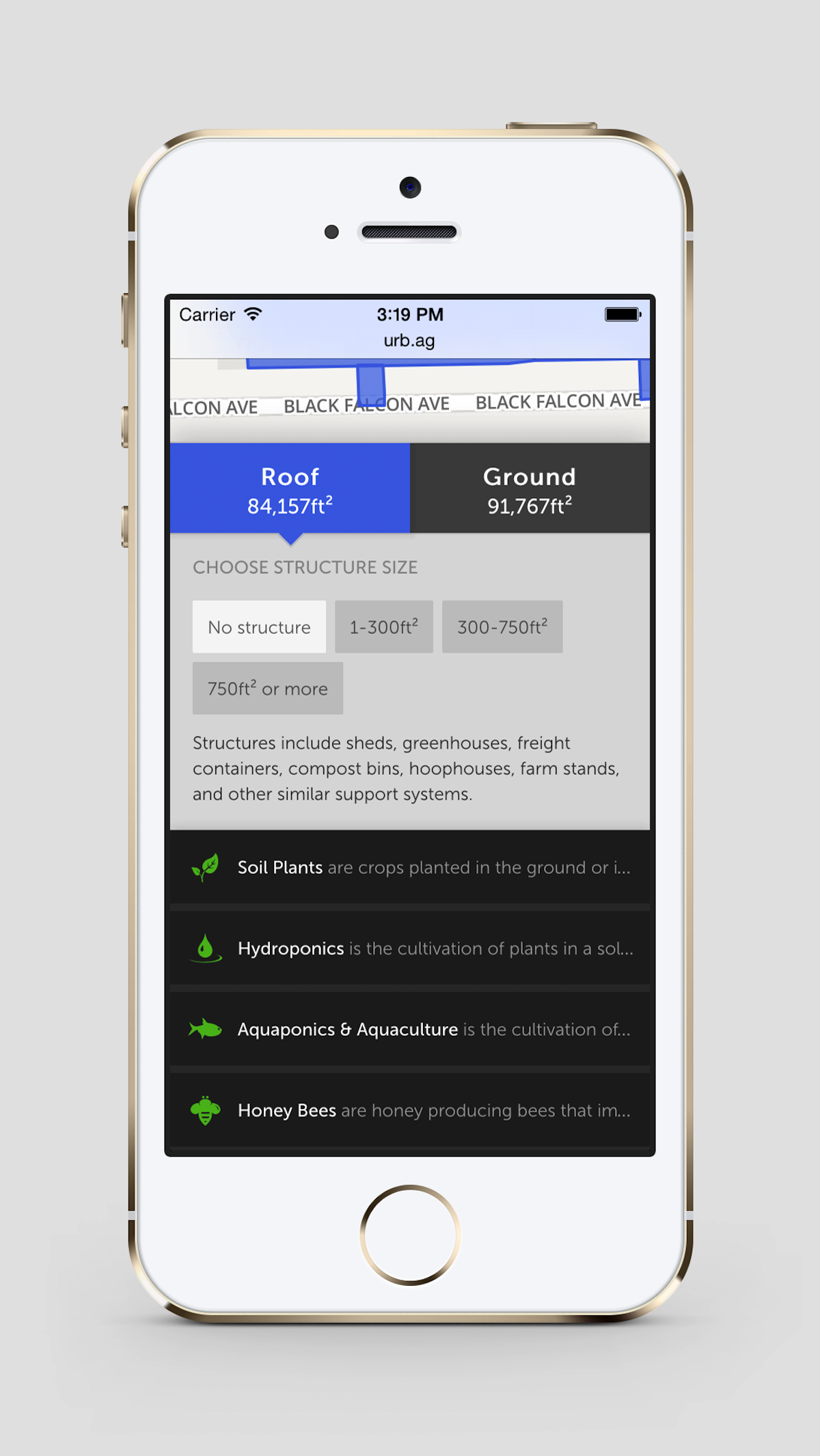New App Makes Boston’s Urban Farming Legislation Easier to Understand
Article 89, a policy that passed in 2013 to expand commercial urban farming in Boston, is many things, but light reading is not one of them. That’s the impetus behind urb.ag, a new app from Boston-based Fathom Information Design that seeks to wade through Article 89’s jargon, synthesize it with Boston’s zoning code, and make city farming more accessible in the process.
Making the law easier to understand is the goal behind the urb.ag, which gets its hard-to-say name from an abbreviation for urban agriculture and was developed with help from the City of Boston, the Boston Redevelopment Authority, the Harvard Food Law and Policy Clinic, and the Knight Foundation.
“We thought that the legislation is really exciting, but we felt like the legislation wasn’t exactly accessible for those that would be using it,” explains the project’s data lead Alex Geller. “Not a lot of people know about it, and even if they do know about it, it’s sort of difficult to figure out how to get started based on how the legislation is structured.”
This is how it works: First, users plug in an address and see what types of farming they’re able to do on that particular parcel of land. Then, after entering information such as whether you want to farm on the ground or on a roof, and whether you intend to build any structures on the land (or roof), the app tells users exactly what can be done, from traditional plant growing to beekeeping and more.
Geller says that improving urban farming is important because it’s a potential solution to a wide range of public health problems. “You hear a lot of talk about food deserts and you hear a lot of talk about the obesity epidemic, and it all falls back on the idea that healthy food is less accessible for certain sectors of the population,” she says. “I think what’s so cool about urban agriculture is in a city, where you have a coalescence of different populations, that seems like a point where it’s most especially important to make healthy food and local food accessible at a reasonable price.”
Making healthy food accessible through technology is even better, Geller says, because it aligns with how people are finding and using data today. “When you think about the way people are engaging with their communities today and the way they’re receiving a lot of their information, a lot of that happens in a digital space,” she says. “Why not also make that pertinent to legislation?”
Furthermore, the app’s lead designer, Terrence Fradet, says that the idea behind the app is one that could easily transcend food production. “We hope this will be a model for other legislation outside of just urban agriculture as a way to communicate to the public new legislation and how that connects with the zoning and other factors that impact what you can do in the city,” Fradet says.



